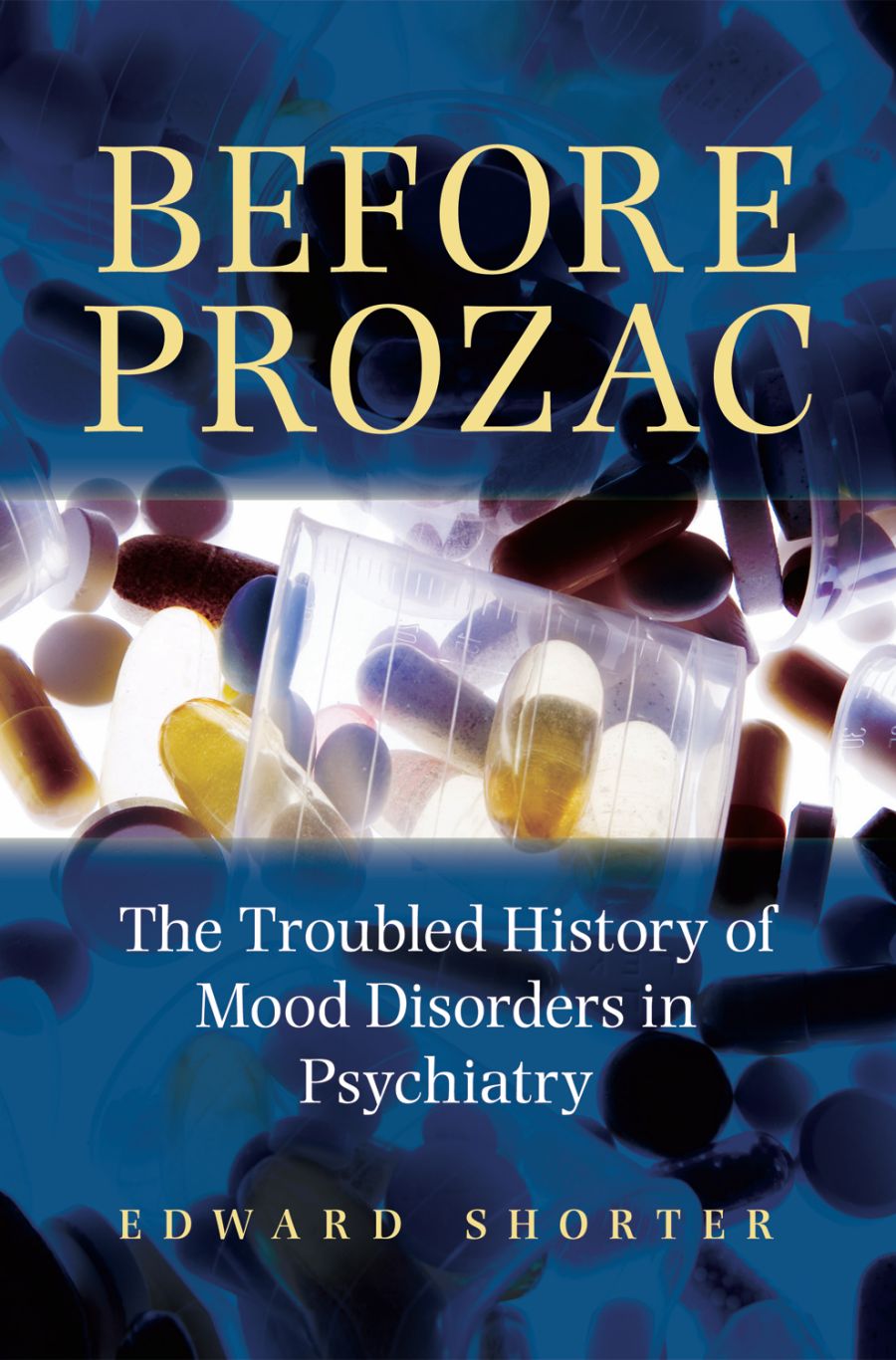For many years, the prevailing view among both cognitive scientists and philosophers has been that the brain is sufficient for cognition, and that once we discover its secrets, we will be able to unravel the mysteries of the mind. Recently however, a growing number of thinkers have begun to challenge this prevailing view that mentality is a purely neural phenomenon.
The post Is it all in the brain? An inclusive approach to mental health appeared first on OUPblog.
Recently, patent reforms in different parts of the world have shown an emerging trend towards the emulation of Indian patent law. Countries like China, South Africa, Botswana and Brazil are now trying to amend their domestic patent laws based on India’s model. The Philippines was among the first countries to emulate India’s patent regime.
The post Transplanting India’s patent laws appeared first on OUPblog.

Edward Shorter is the Hannah Chair in History of Medicine and Professor of Psychiatry at the University of Toronto. His new book, Before Prozac: The Troubled History of Mood Disorders in Psychiatry is an unsettling look at how greed, lax regulations, and academic infighting have set the field back fifty years. In the excerpt below, Shorter looks at how the psychiatrists in “the trenches” are making drugs work for their patients.
On a psychopharmacology listserv, one participant, himself a psychiatrist, posted a message seeking help for his ailing wife. He thought, with a touch of professional rivalry, that her current psychiatrist was not serving her well, having prescribed two SSRIs.
“Does this make sense to anyone?” he asked the list. “Is there anything in the literature, or from people’s experience, that supports the co-administration of two SSRIs?”
One member of the list responded,
Who really knows what causes depression? And for that matter who really knows what  neurotransmitters or pathways are involved? New agents in research do not even touch the serotonergic pathways. I take the path of “whatever works.” Evidence-based medicine will never look at combinations and the like [which members of the list prescribe all the time] as it would not benefit the industry’s bottom line. As clinicians we have to tinker with the tools we have and see what happens. Or have I missed something over these years? Our evidence usually is sitting in front of us and is known as the patient.
neurotransmitters or pathways are involved? New agents in research do not even touch the serotonergic pathways. I take the path of “whatever works.” Evidence-based medicine will never look at combinations and the like [which members of the list prescribe all the time] as it would not benefit the industry’s bottom line. As clinicians we have to tinker with the tools we have and see what happens. Or have I missed something over these years? Our evidence usually is sitting in front of us and is known as the patient.
These are words of wisdom: The evidence is in front of us and is how the patients respond to treatment.
We can find out all kinds of things by looking at the patients. An example: trazodone was a mildly effective antidepressant developed in Italy in the 1960s and marketed in the United States by Mead Johnson in 1982 as Desyrel; it had indifferent success. Today, trazodone is experiencing a big comeback, not as an antidepressant but as a hypnotic. In the world of everyday psychiatry, trazodone is loved for its gentle qualities and its affordable price, in contrast to the patent-protected sleep aids that cost the moon. Yet you will never see an ad in a medical journal for trazodone, nor will drug reps ever stop by your office with free samples in the hopes that your patients might start on it and stay with it.
Once you get away from the glossy ads in the journals, in psychiatry today it’s the Wild West out there. Clinicians are experimenting constantly with different combinations of treatments, many of them from psychiatry’s past, that promise new therapeutic effectiveness. They communicate their day-to-day experiences almost furtively on listservs such as this one, aware that they are pioneering the future of therapeutics in a way that industry will not countenance, because most of the older drugs are not patent protected; government agencies will not support this kind of clinical experimentation because the whole enterprise seems much too empirical for “science” and does not involve research in molecular genetics.
Academic psychiatry offers the image of a prescribing desert with just two tall cactuses, the SSRIs and the atypical antipsychotics. But in the real world it’s a different story. Among community psychiatrists with a good knowledge of psychopharm, there’s a thoughtful pioneering of combos of the most diverse and imaginative variety. This is not polypharmacy, the harmful proliferations of medications. It’s combopharmacy of the kind that the Food and Drug administration rejected…the realization that the brain offers multiple pathways to the remediation of illness.
So there’s a big disconnect between what is happening the trenches and in the world of official medicine. The young community psychiatrists combining remedies from the shelf like kitchen spices rarely publish, although communication among themselves in listservs is lively. Academica with honoraria from drug companies dominate the meetings with papers on patent-protected compounds for FDA-approved indications. But this kind of disconnect is not good for a field. It recalls the days when the bewigged courtiers of Louis XVI confronted the angry citizens of Paris over the barricades. Perhaps the conflict between the arid desert of academic psychiatry and the vitality of community practice will have a similar outcome.






